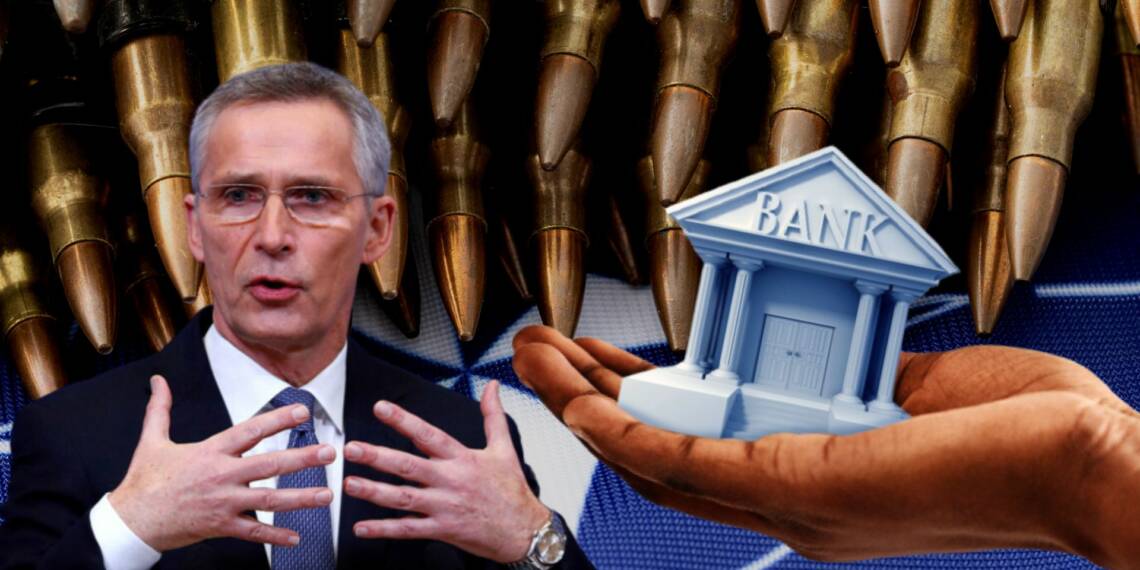NATO 2 Percent Defense Spending: The NATO allies and their shenanigans! It seems that nobody really took 2 percent defense spending target seriously again. What a classic facepalm moment! And so, NATO has since formulated a completely new plan to encourage allies to meet their obligations, but at the cost of an economic catastrophe.
A recently published report by NATO exposed the mounting uncertainty among allies, as only seven out of 30 members have met the 2 percent defense spending goal. The United States is once again leading the pack, while European nations lag far behind.
This 2% rule is slated for review in July at NATO’s Heads of State Summit in Vilnius, Lithuania. NATO Secretary General Stoltenberg noted that allies would need to collaborate on establishing a new long-term spending target, and he will be advocating for an “ambitious” figure. And for this, I guess he already has a plan in mind.
NATO 2 Percent Defense Spending Goal: A NATO Bank!
According to a media report by the Financial Times, a NATO bank is the best way to fund defense in a more dangerous world. This bank is somewhat similar to what BRICS Bank is known for but with a zest for military spending.
Reportedly, the proposed NATO bank could potentially save nations millions of dollars on essential equipment purchases and provide alliance members with alluringly low-interest rates on loans, thus breaking the investment stalemate.
In addition, this financial institution could introduce a novel line of financing with longer repayment periods than those currently offered by standard government borrowing. Such a move would actively promote strategic investments rather than be limited by short-term domestic tax and spending policies.
The author of the proposal, Robert Murray, collaborated with officials and investment bank experts while serving on NATO’s defence investment team four years ago to develop a feasible model.
Four years ago, allies were already hesitant about the proposal, and now, after the Ukraine war, the prospects of establishing a NATO bank have become even more challenging. In particular, European allies are grappling with the economic aftermath of the Russian invasion, which has caused a catastrophic downturn.
Policymakers had hoped that by 2023, the continent would experience a return to normalcy with solid growth and inflation below 2%. Unfortunately, this optimism has not been realized. Europe’s economy is struggling, with countries like Sweden and Germany on the brink of recession. The new normal for Europe is far less favorable than what economists had predicted.
The NATO alliance members had initially agreed on the 2 percent defense spending policy goal, but several European nations are steadfast in prioritizing domestic spending.
Defense spending is a conundrum that is primarily political, not economic, and NATO’s current strategy of persuasion and coercion to encourage allies to spend more is woefully inadequate.
Read More: 23 Nations of NATO misses the ‘2%’ Target!
Moreover, creating a bank to address the issue would only exacerbate the problem, as it would require the general public to foot the bill through additional taxes, which is hardly an attractive prospect.
In this era of escalating geopolitical tensions and global uncertainty, NATO allies must acknowledge that military deterrence demands innovation. The days of lackluster cajoling and coercion are long gone. They must devise a more sophisticated and effective strategy to counter their enemy.








